Christmas dinner for American pioneers was modeled on an English Christmas, for those who could afford it. Families with enough money served turkey, plum pudding, preserved fruits, mince pies, meringues and perhaps even a fresh ham. Children in the Midwest might wake on Christmas morning to find strings of candy and raisins draped on the tree, and wafers, gingerbread or oranges hidden in their stockings. Parents would give gifts of wooden toys, dolls made from corn husks, little glass baubles and colored ribbons for the tree.
But in remote places on the western frontier, Christmas often meant providing food and accommodation for travelers and strangers. British pioneer and adventurer William Kelly shared Christmas dinner in 1849 with California miners, feasting on venison, bacon, apple pies and “fancy breads” — plus two helpings of plum pudding.
As pioneer dinners go, Kelly’s was a rare exception. Most bachelors settled down in saloons or bunkhouses to share Christmas with other lonely travelers. One annual party held by Madam Rachel Urban in Park City, Utah, was famous for providing bachelors with generous servings of drink and loose women.
According to recorded Park City history, “Mother Urban” was a charitable, decent woman with a pegleg and a parrot that swore at people passing in the street. Mother Urban looked after her brothel girls and gave to the poor and needy at Christmas. The city governors turned a blind eye to her trade because of the revenue it brought in, and because of her charity.
Poor wagon-train families like Virginia Reed’s (of Donner Party fame) saved up for months to give their families some Christmas cheer. Her mother had squirreled away “a few dried apples, some beans, a bit of tripe, and a small piece of bacon,” for Christmas dinner, telling the children to “eat slowly for this one day you can have all you wish.”
Trappers and mountain men hunted their Christmas dinners. Wild game served in place of ham or turkey — venison where they could get it, and sometimes the odd grizzly-bear steak. Traders passing through town might share Christmas dinner with Indians they met on the way. The Indians called it “The Big Eating.” On Christmas Eve in 1884, Nebraska pioneer Amos Edwin Donnell wrote to his parents: “If it is not too cold tomorrow I am going a deer hunting. We have been out twice this winter and killed four, two [doe] and [two] bucks. We divided equal, there was four of us out.” For gifts he received, among other things, “a nice meat dish, and a [shaving] mug that cost seventy-five cents.” He was fortunate that year — but shortly after, Amos left his homestead for town, and he never went back.
Amos’s return from rural to city life was made by millions of Americans in the late nineteenth century. In the west, the land the homesteaders had been given by the government was simply too hard to farm. Many turned to ranching, raising huge herds of cattle across the grasslands that stretch from the Dakotas down to Wyoming and beyond to Montana. Cowboys looked after the grazing cattle, following the herds across the open range. The herds grew and grew, and still there seemed to be endless amounts of grass to feed them. Wealthy easterners like Theodore Roosevelt sensed a business opportunity and bought land in the Dakotas.
But the winter of 1886 put an end to open-range grazing and to the cowboy way of life. They called it, “The Big Die-Up” — the blizzards that blew from November to February brought temperatures of fifty below zero. The ground never had time to thaw and the grass didn’t emerge until the spring. Thousands of cattle moved into towns bawling for any food they might find — trees, garbage — and when the spring came, the rivers were clogged with their carcasses.
One of the cowboys whose career was cut short by the winter of 1886 was a young artist named Charlie Russell. The romance of the cowboy way of life had brought him from Missouri up to the Judith Basin of central Montana, where he found work as a ranch hand. When asked how the ranch had fared during the great blizzards, he expressed it by painting a watercolor — a now-famous image of a steer standing in deep snow, with wolves circling nearby. The steer was “The Last of the 5,000.”
Charlie Russell spent the rest of his career painting images of the Old West — cowboys and broncos outside saloons, scouts and buffalo hunts and Indian women traveling with babies wrapped on their backs. Charlie Russell moved to the growing town of Great Falls, Montana, where he lived comfortably — but he mourned the loss of the rough, free life of the itinerant cowboy.
That same year, another young man left the harsh rural life of the Judith Basin, traveling on foot to Great Falls. His name was Pete Johnson, and he would rise in society from a wagon-driver to county commissioner and proprietor of his own hotel. Before that, however, he was simply a poor rancher looking for work, food and shelter.
Arrived in Great Falls, he went into the downtown Park Hotel for a meal but was turned away because of his scruffy appearance. He was so offended by the hotel’s lack of hospitality that he decided to open his own. The Johnson Hotel opened in 1920 and quickly became a center for townsfolk to gather and socialize. Pete was renowned for his genial nature and hospitality, and for providing a “haven from the cold winter and the heat of summer for out of town visitors for miles around.” Sometimes Pete’s hospitality extended to unusual clientele: during one summer fair, the chicken farmers were dismayed to find they had nowhere to exhibit their prize stock for judging. Pete stepped in and gave his hotel lobby to the chicken farmers and their poultry for the day.
The hotel Pete built in downtown Great Falls still stands, and now provides rented accommodation to residents and travelers. He built it to last — “five storeys of solid comfort.” My sisters and I — just three of Pete’s many great-great-grandchildren — grew up a few blocks away. My youngest sister Julia works on a dude ranch as a mountain guide and horse wrangler, and she is now the keeper of Pete’s cattle brand and saddle. Perhaps he would be pleased to know that one of his great-great-granddaughters makes her living on the back of a horse, and still rides his old saddle.
This article was originally published in The Spectator’s December 2023 World edition.



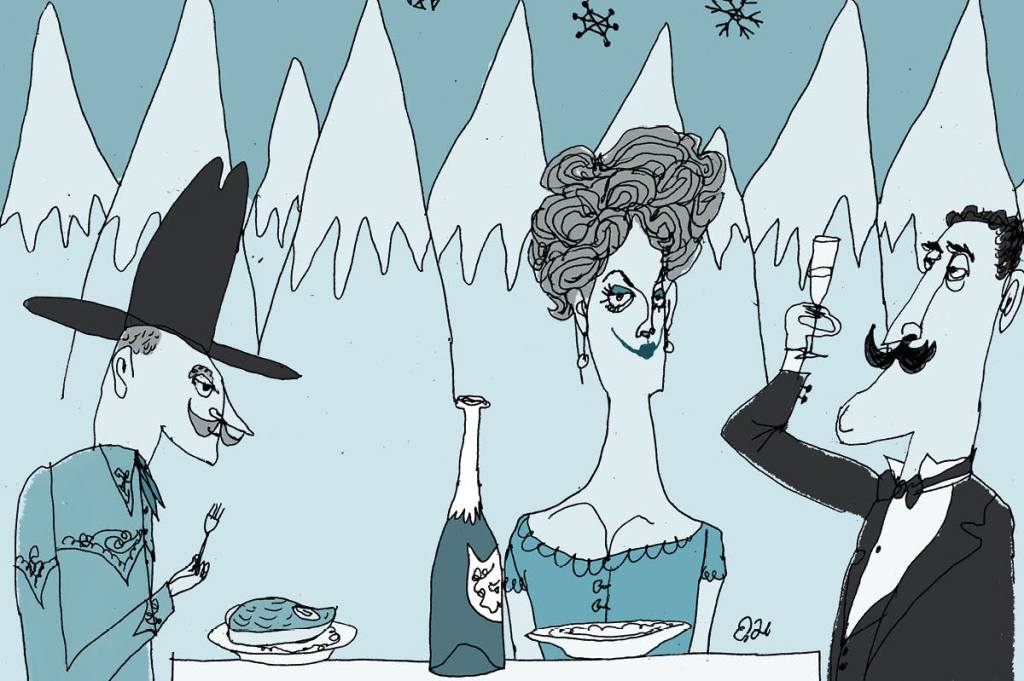






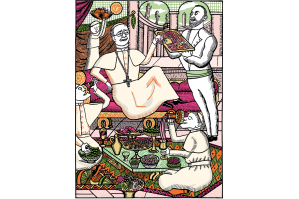
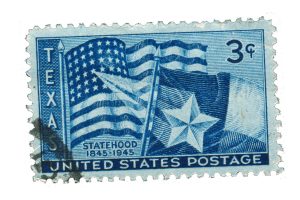
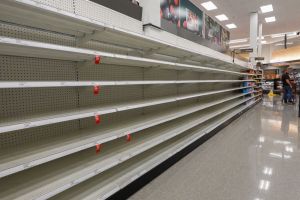

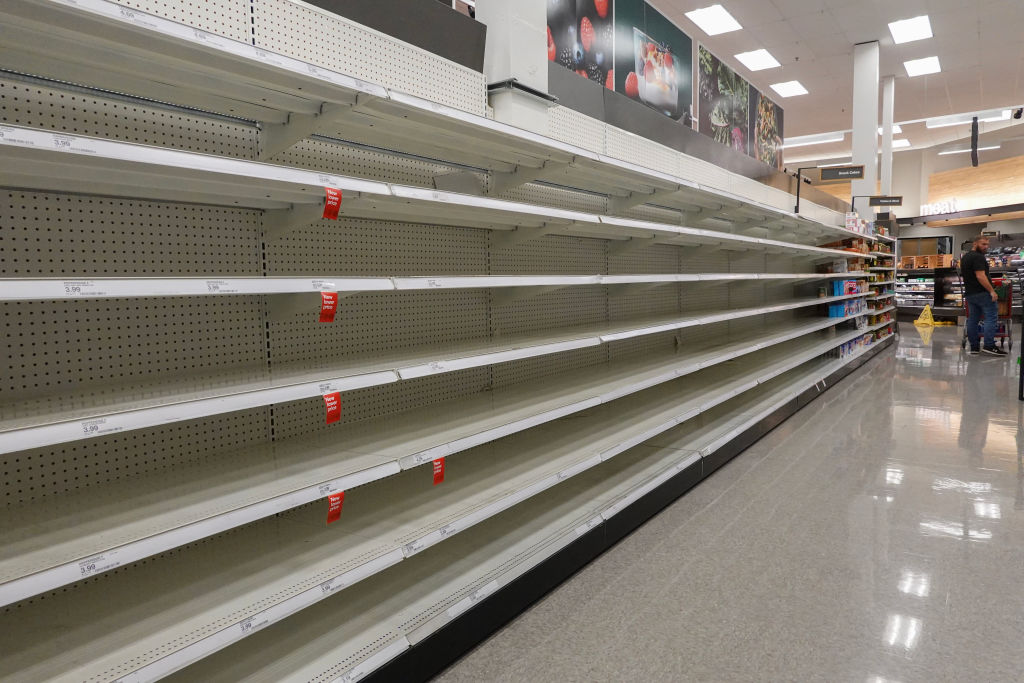
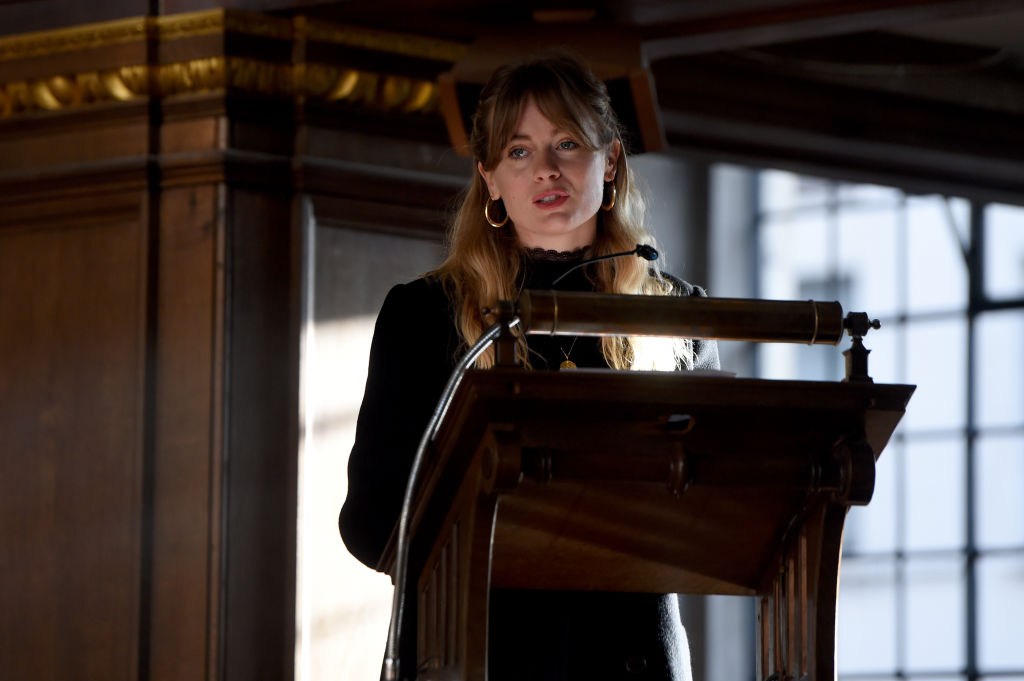
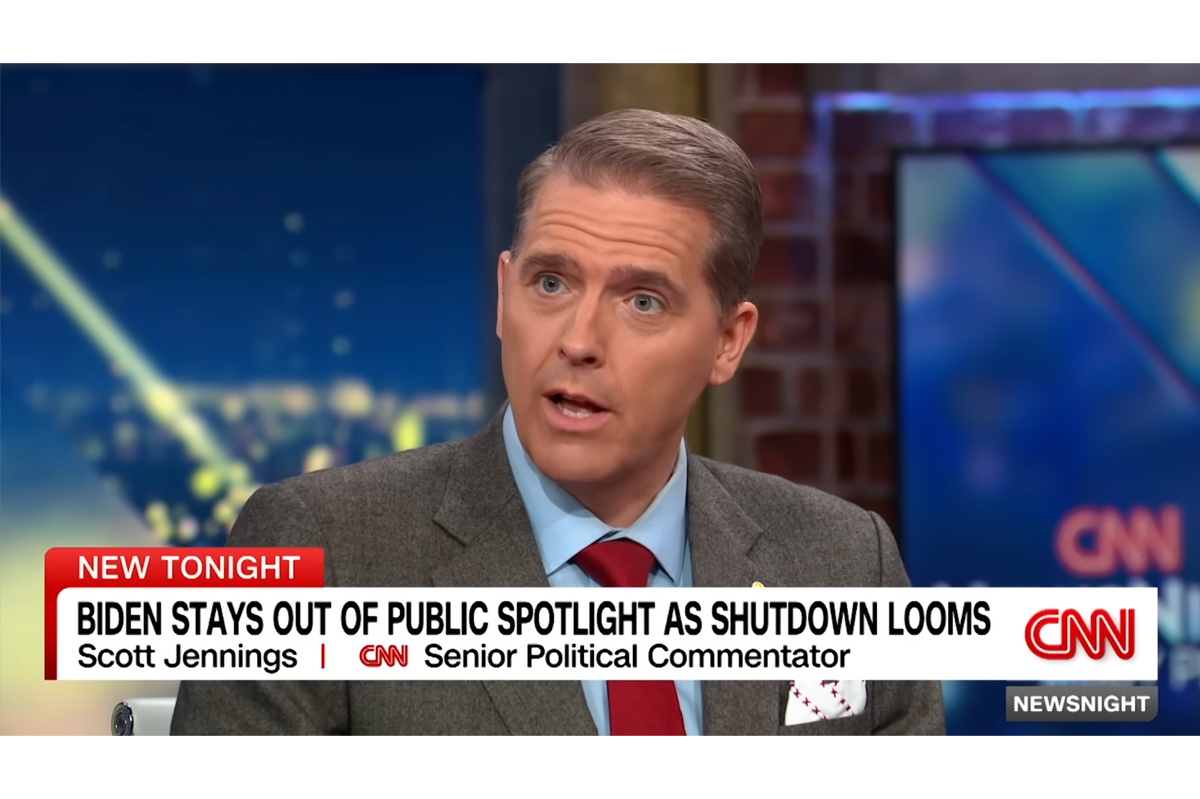
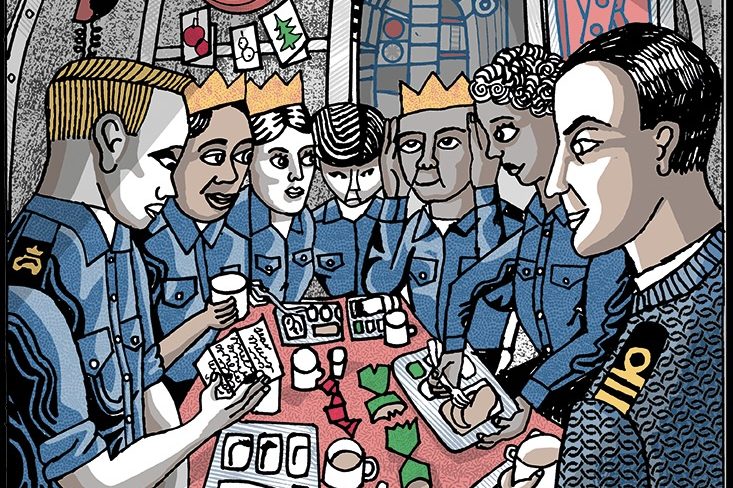
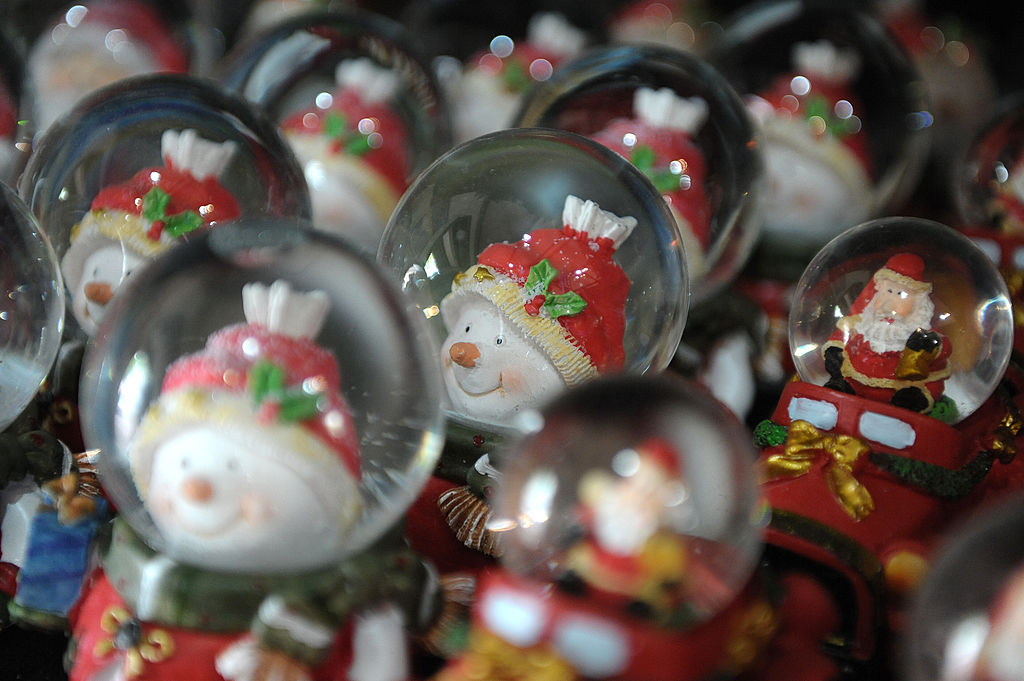







Leave a Reply